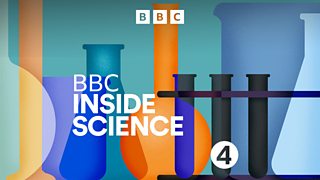17/06/2010
Quentin Cooper on science lessons for MPs, the bionic bulldog, animal ethics and a strange new material for blast-proof curtains.
"Science, Uncertainty, Evidence and Policy", that's the title of an event, this week in Parliament, organised by the Parliamentary Office of Science & Technology. The purpose: to get together experienced politicians that have dealt with science issues, scientists and - new MPs, that are interested in science but don't know too much about it. Quentin Cooper discusses the issue of science literacy amongst MPs with Phil Willis, now Lord Willis, former MP and chair of the Science and Technology Committee and Stephen Mosley, the new MP for the City of Chester.
Hailed as the "Bionic Bulldog", 8 year old Roly now lives with a prosthetic implant that replaces his cancerous femur. Veterinary surgeon Dr Noel Fitzpatrick performed the surgery, and managed to reattach the tendons to the metal implant by using a new technique: The tendons are allowed to grow into a mesh-like structure inside the transplant. Veterinary surgeon Dr Noel Fitzpatrick performed the surgery, and explains how both animals and humans can benefit from it.
Experiments in which animals are used for human purposes are controversial, even more so if the experiments involve genetic engineering, say pigs with glowing noses or ones that develop diseases after their genes have been altered. Two scientists outline the controversy in a meeting at Edinburgh Zoo and join Quentin for the programme: Peter Sandoe, director of the Danish centre for bioethics and risk assessment, and Bruce Whitelaw, leading scientist at the Roslin Institute in Edinburgh, where the cloned sheep Dolly was born.
A new type of blast-proof curtain made from what is called an auxetic material that gets thicker, not thinner, when stretched is being developed to provide better protection from the effects of bomb explosions. The new curtain is designed to remain intact and capture debris such as flying glass when windows are blown in. Julian Wright of Exeter University tells Quentin that the scientists are also developing similar materials to be used in medicine - for instance bandages that change colour when they have been applied too tightly.


